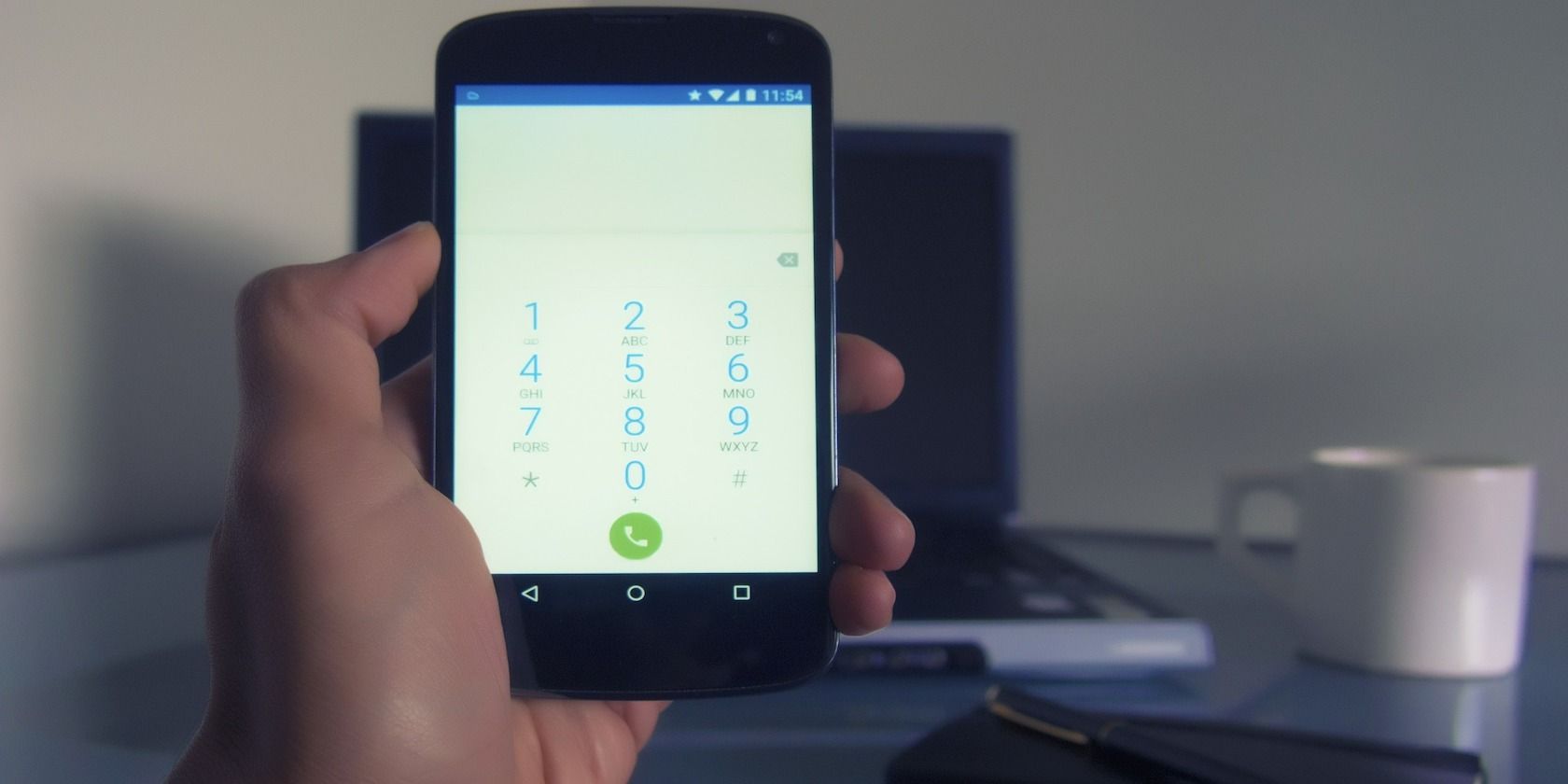Returning calls from private and withheld numbers is difficult because the caller hasn’t supplied any calling information to you. You don’t know who called, and there’s no number, so it isn’t always clear how to call a private number back.
Thankfully, there are different ways of tracking callers down, even when they try to hide their number.
So, how do private calls work? Furthermore, is it possible to call a private number back?
How Do Private Calls Work?
Calls from private numbers are usually made by bill collectors, telemarketers, and scammers. In other cases, people use private numbers to protect their privacy from telemarketers, scammers, and numbers they are not familiar with.
In the US, dialing a code like *67 before the actual phone number enables people to hide their caller ID so they can make private calls without being easily identified.
Another method used to hide caller ID is to ask a mobile or phone carrier to block one’s number from caller IDs permanently. After this, the mobile phone number displays as “Private” or “Blocked.” In most cases, the action cannot be reversed.
Read on to find out how to call a private or withheld number.
How to Call a Private Number Using Call-Return Codes
Last call return is a telecommunication feature that telephone service providers use to help their subscribers obtain details about their last caller’s number. It is often used to dial the last call received, but in some cases can return a call to a private number.
While many countries use last-call return services, very few allow you to return a call to a private number. In the US, *69, for example, only works with certain service providers in specific regions. For these reasons, the call-return code may not always function as desired.
After dialing the appropriate code, you may get a report from the call-return service about the caller’s number. The type of information returned depends on the number used to make the private call.
Using the call-return code could lead to the person being called or the call-return service reporting that the number is blocked or otherwise unavailable.
Depending on the phone service provider you use, the call-return code method may not give you the actual phone number of the person who made the private call. Also, there is no guarantee that anyone will answer your call.
Some providers give the number and the option to make a call. Others, however, may only return the private call without giving you the number.
It is advisable to pick up the phone before anyone else calls you. This is because you can only call back a private number if you pick up the phone before someone else calls you. If you are called between the time you receive a call from a private number and the time you use the return code, you won’t be able to call back the private number.
It is important to consider the time limit that your phone service provider may set on how long you have to return the call of a private number. The time limit set is usually 30 minutes.
A significant amount of calls made from private or withheld numbers are “robocalls.” Robocalls are made by automated callers to check whether numbers are in use. After an individual returns a call from an automated caller, an alert may be sent to services or scammers, letting them know that the number is active.
Searching Through Phone Logs
Telephone service providers keep logs of calls, both incoming and outgoing. You can access the list of calls by signing into your account. Your phone service account may reveal more details about the phone log of your phone, such as the unmasked numbers of private callers.
The call records can be searched through and compared against the date and time you received the private call. Comparing the date and time to your mobile service provider’s usage log makes it easier to match pieces of information needed to reveal the caller’s identity.
Phone logs are usually stored for one to seven years. The length of time they are stored for and available for review may depend on the phone service provider you use. However, there is no guarantee that the private number will show up on the call log.
Unblock Private Numbers with Paid Services
Paid services like TrapCall help to find more information about private numbers. The tool unmasks private numbers, providing the number and the name that the phone is registered to. TrapCall may also reveal the caller’s address, along with other pertinent information.
Applications like TrapCall usually charge a monthly fee to use them. TrapCall offers a free seven-day trial, after which the service costs $5.85 per month, in addition to a setup fee of under $5.
Tracing Calls from Private and Withheld Numbers
Call tracing can be used to reveal more information about private calls. Phone service providers may offer the service for a small fee or for free. In the US, call tracing is accessed by dialing *57 from a landline or #57 from a mobile phone.
Upon dialing the code, voice instructions may be given for you to follow. If successful, the address, name, and phone number of the unknown caller may be revealed.
Like other call-back services, the success of mobile network call tracing is network-dependent.
Local Laws and Data Privacy Regulations
If you’re interested in calling private numbers, you may also be interested in data privacy. The caller’s information is not provided directly to you, which can give rise to data privacy issues. However, an individual being harassed by a private number may feel justified in using any method to protect their own privacy rights and not to be harassed.
Those wondering how to call private and withheld numbers should consider how important it is to be aware of local laws related to private and withheld phone numbers.
In certain cases, a legal entity will need to make a verdict that a phone service company must disclose the details of private numbers. If the purpose of calling back a private number is related to legal proceedings, you may need to contact a lawyer for further advice.
Trying to Call a Private Number Isn’t Easy
There are many solutions available to help those who need to know how to call private numbers. The solutions are simple to follow and free in many cases. If you’re concerned about the solutions’ costs, it helps to speak to your phone service provider to confirm the potential costs associated with returning calls of private or withheld phone numbers.
About The Author

